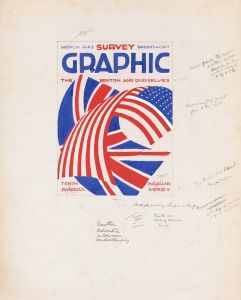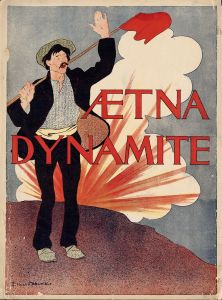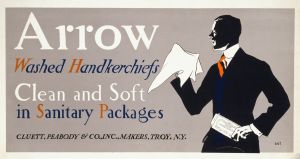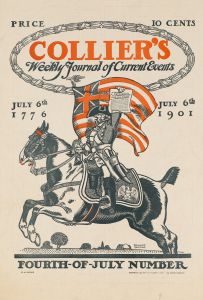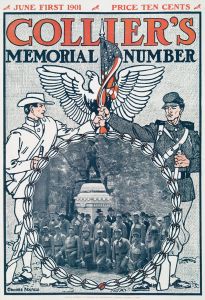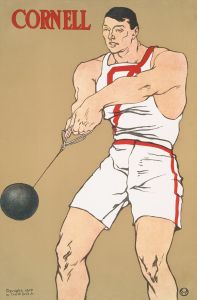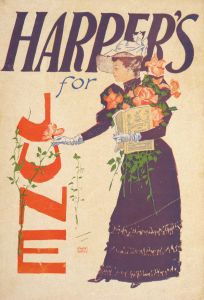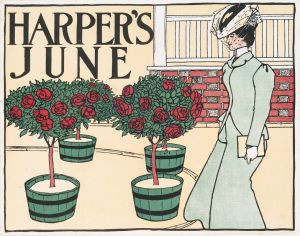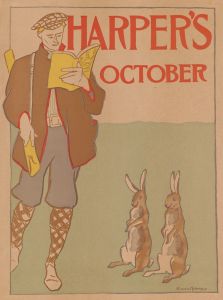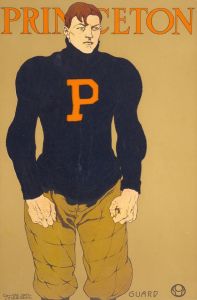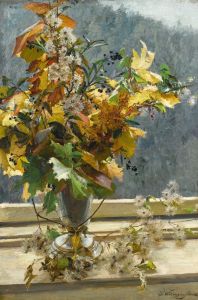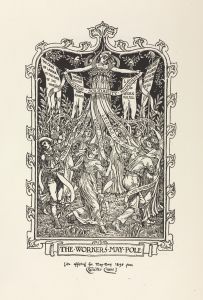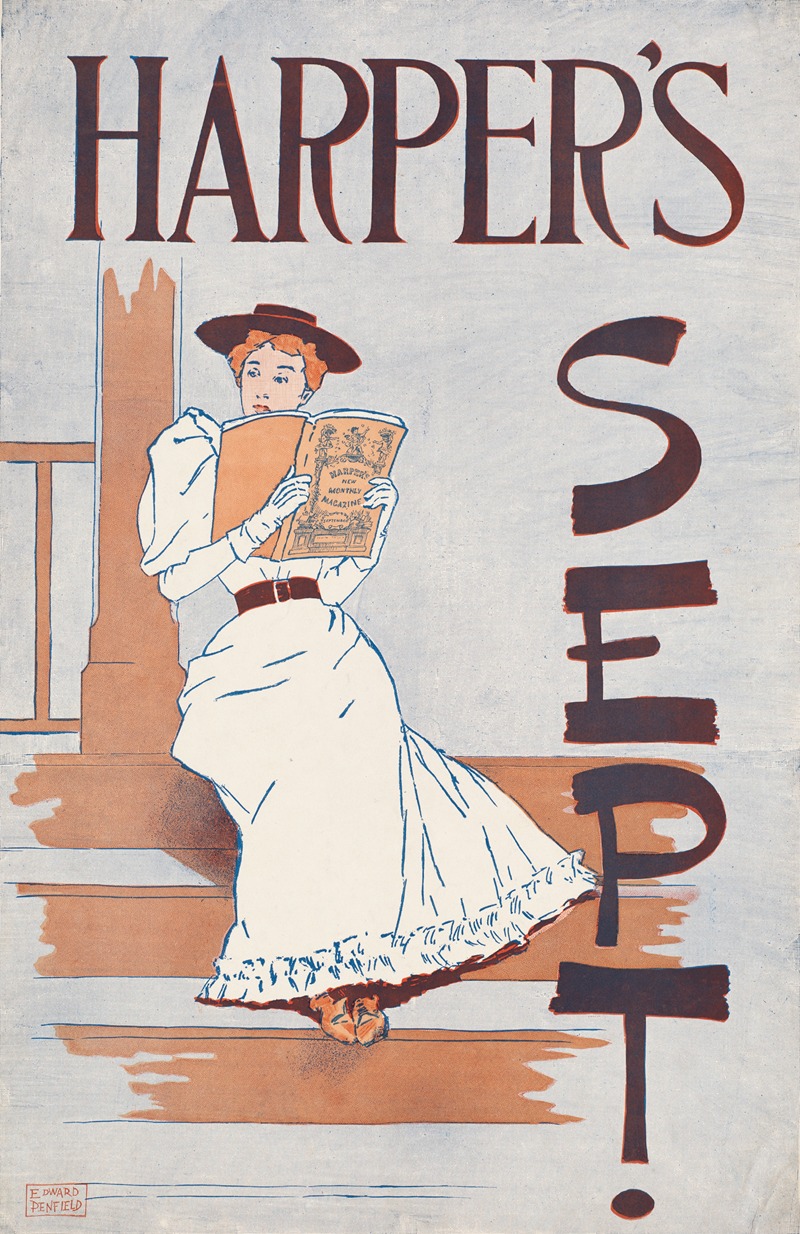
Harper’s September
A hand-painted replica of Edward Penfield’s masterpiece Harper’s September, meticulously crafted by professional artists to capture the true essence of the original. Each piece is created with museum-quality canvas and rare mineral pigments, carefully painted by experienced artists with delicate brushstrokes and rich, layered colors to perfectly recreate the texture of the original artwork. Unlike machine-printed reproductions, this hand-painted version brings the painting to life, infused with the artist’s emotions and skill in every stroke. Whether for personal collection or home decoration, it instantly elevates the artistic atmosphere of any space.
Edward Penfield was an influential American illustrator and a key figure in the development of graphic design during the late 19th and early 20th centuries. He is best known for his work as an art director for Harper's Magazine, where he created a series of monthly cover illustrations that are celebrated for their innovative style and impact on the field of illustration.
One of Penfield's notable works is "Harper’s September," a cover illustration created for Harper's Magazine. This piece is part of a larger series of covers that Penfield designed during his tenure at the magazine, which spanned from 1891 to 1901. His covers are recognized for their distinctive Art Nouveau style, characterized by bold outlines, flat colors, and a strong sense of design that was both modern and accessible to the public.
"Harper’s September" exemplifies Penfield's ability to capture the essence of a particular month or season through his artwork. His covers often depicted scenes of contemporary American life, infused with a sense of elegance and sophistication. Penfield's work was instrumental in elevating the status of magazine covers from mere packaging to an art form in its own right.
The illustration for "Harper’s September" typically features a scene that resonates with the themes or activities associated with the month of September. Penfield's use of color and composition would have been carefully chosen to attract the attention of potential readers and convey the magazine's content and tone. His covers were not only visually appealing but also served as a form of visual communication that connected with the audience on an emotional level.
Penfield's contribution to Harper's Magazine and the field of illustration was significant. His work helped to establish the role of the illustrator as a key contributor to the publishing industry, and his style influenced a generation of artists and designers. The popularity of his covers also reflected the growing importance of visual culture in America at the turn of the century, as magazines became a primary source of entertainment and information for the public.
In addition to his work for Harper's, Penfield was involved in various other projects, including posters, advertisements, and book illustrations. His legacy is evident in the continued appreciation of his work by collectors and art historians, who regard him as a pioneer of modern graphic design.
Overall, Edward Penfield's "Harper’s September" is a testament to his skill as an illustrator and his impact on the visual arts. His work remains an important part of the history of American illustration, celebrated for its artistic merit and its role in shaping the visual language of the time.





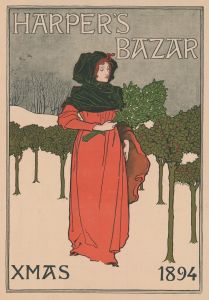
![[Graphic designs for Fortune magazine.] [Study for cover with telephone lines and wings over the globe](/imgs/249241/s/winold-reiss-graphic-designs-for-fortune-magazine-study-for-cover-with-telephone-lines-and-wings-over-the-globe-5933e802.jpg)
